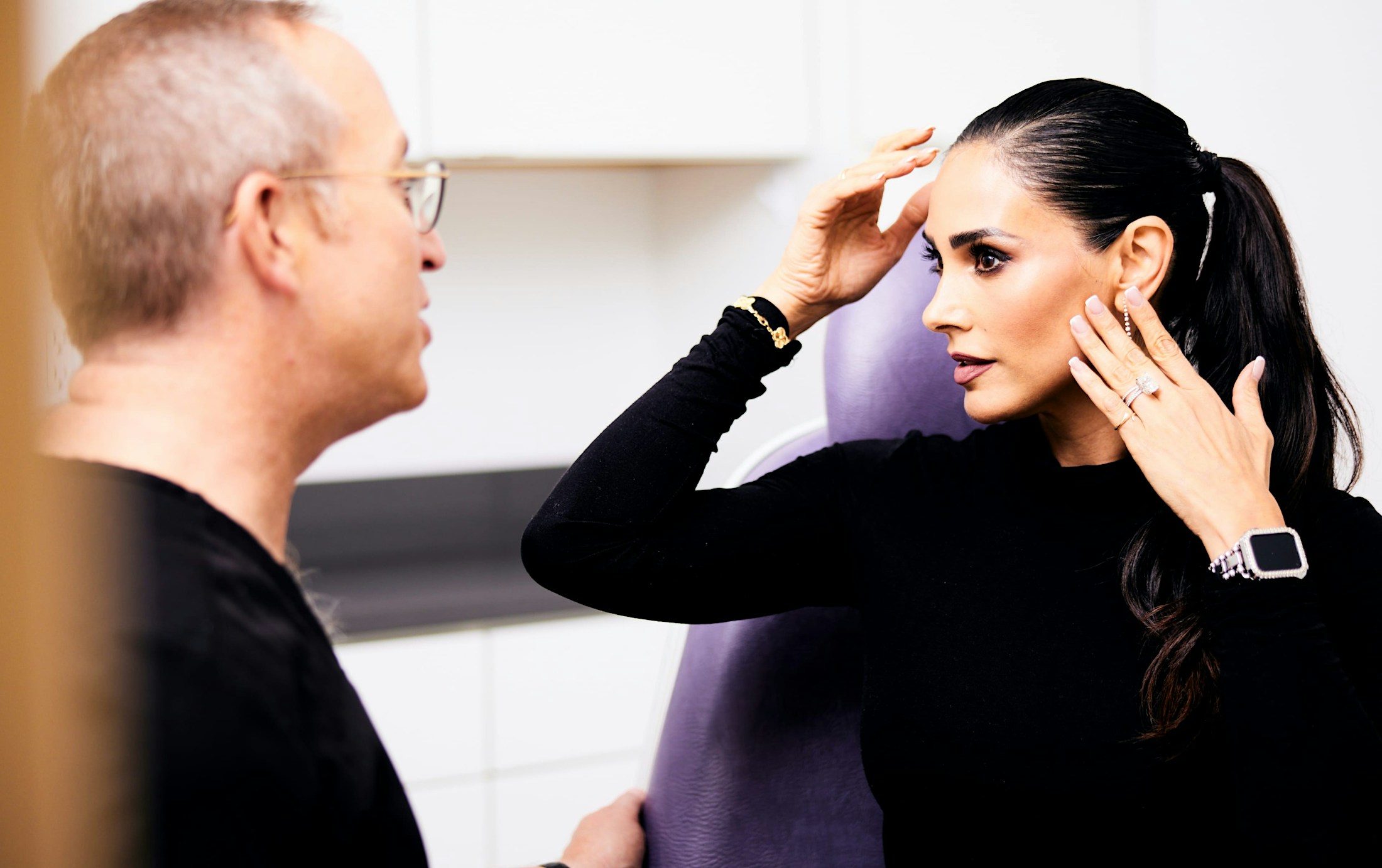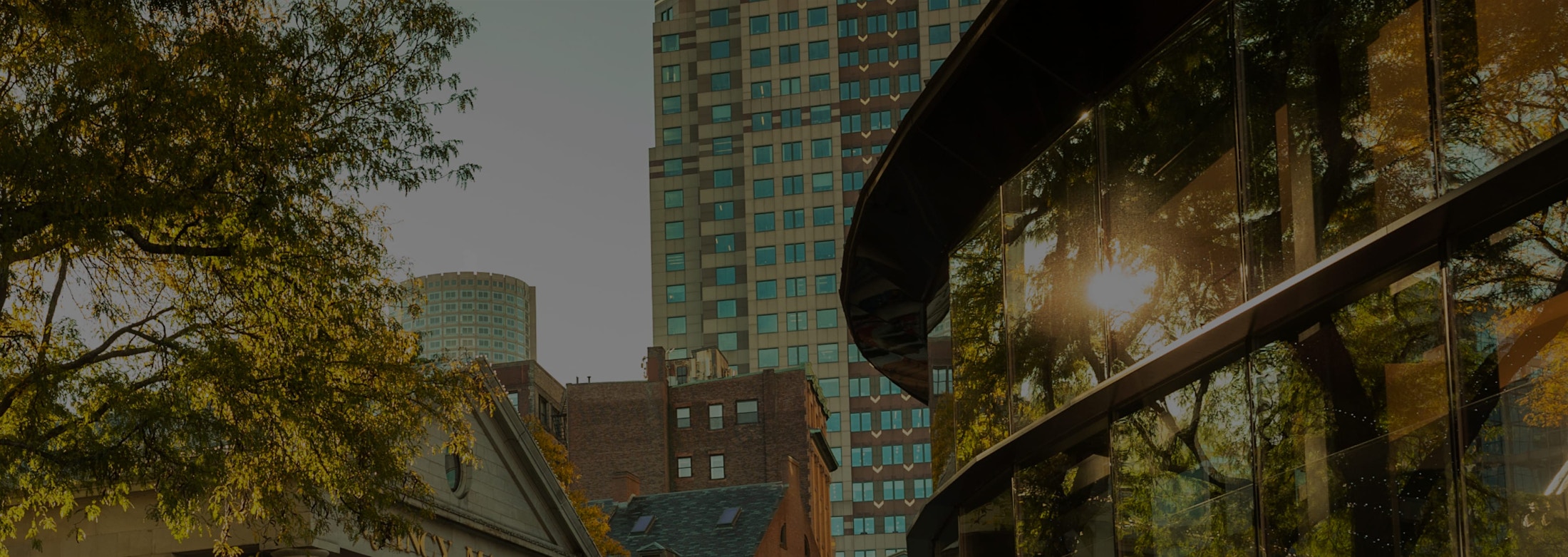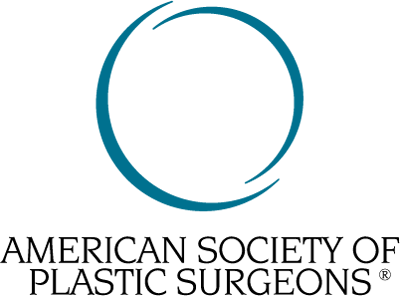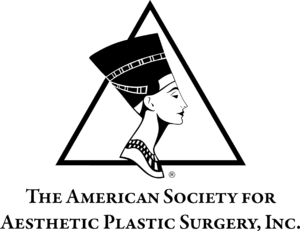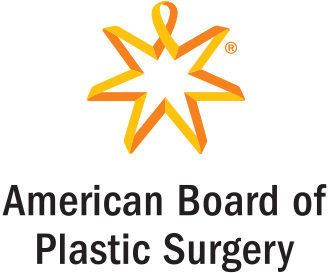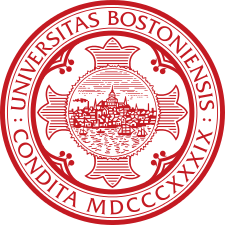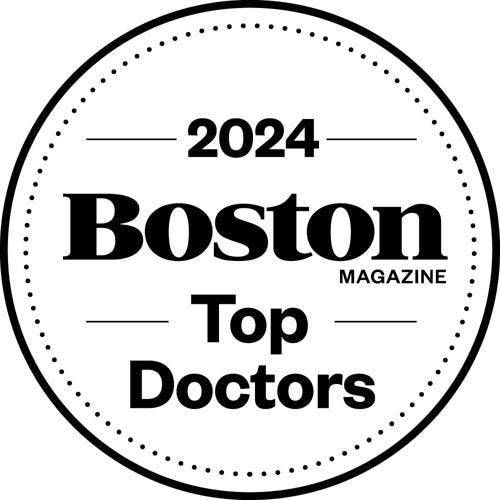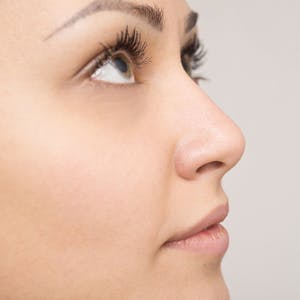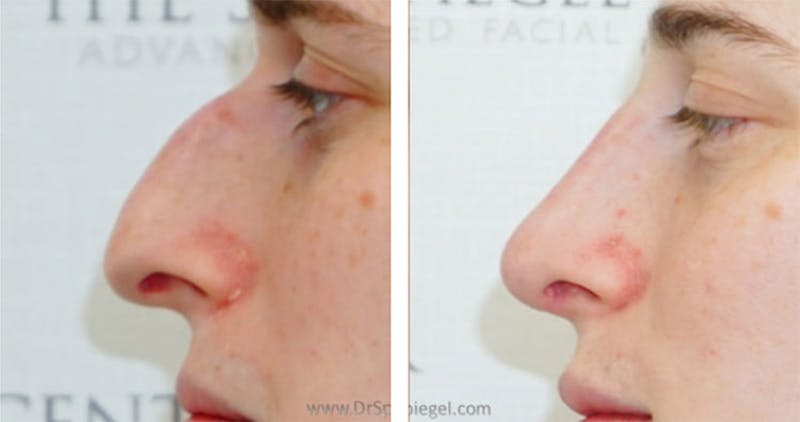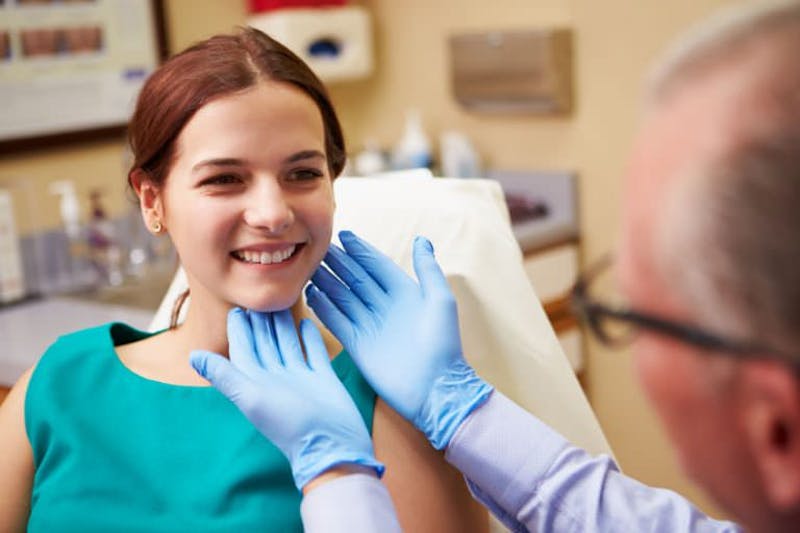Are you unsatisfied after prior rhinoplasty, or are you having new breathing issues? The Spiegel Center’s double board‑certified facial plastic surgeons perform complex revision rhinoplasty in Boston to restore nasal balance and airflow.
What Can Revision Rhinoplasty Fix?
- Crooked or asymmetric bridge/tip
- Drooping or over‑projected tip
- Bumps or depressions on the bridge
- Pinched tip or middle vault collapse (internal/external valve)
- Shortened, over‑resected, or upturned nose
- Residual hump or under‑correction
- Visible irregularities or scarring
- Breathing impairment from septal deviation or valve collapse


